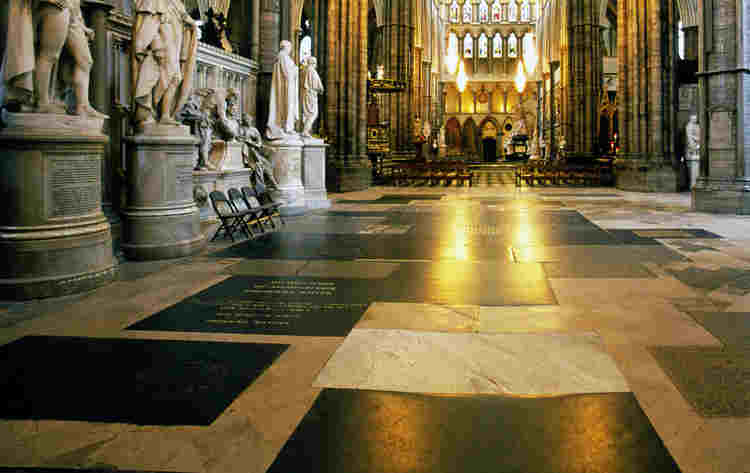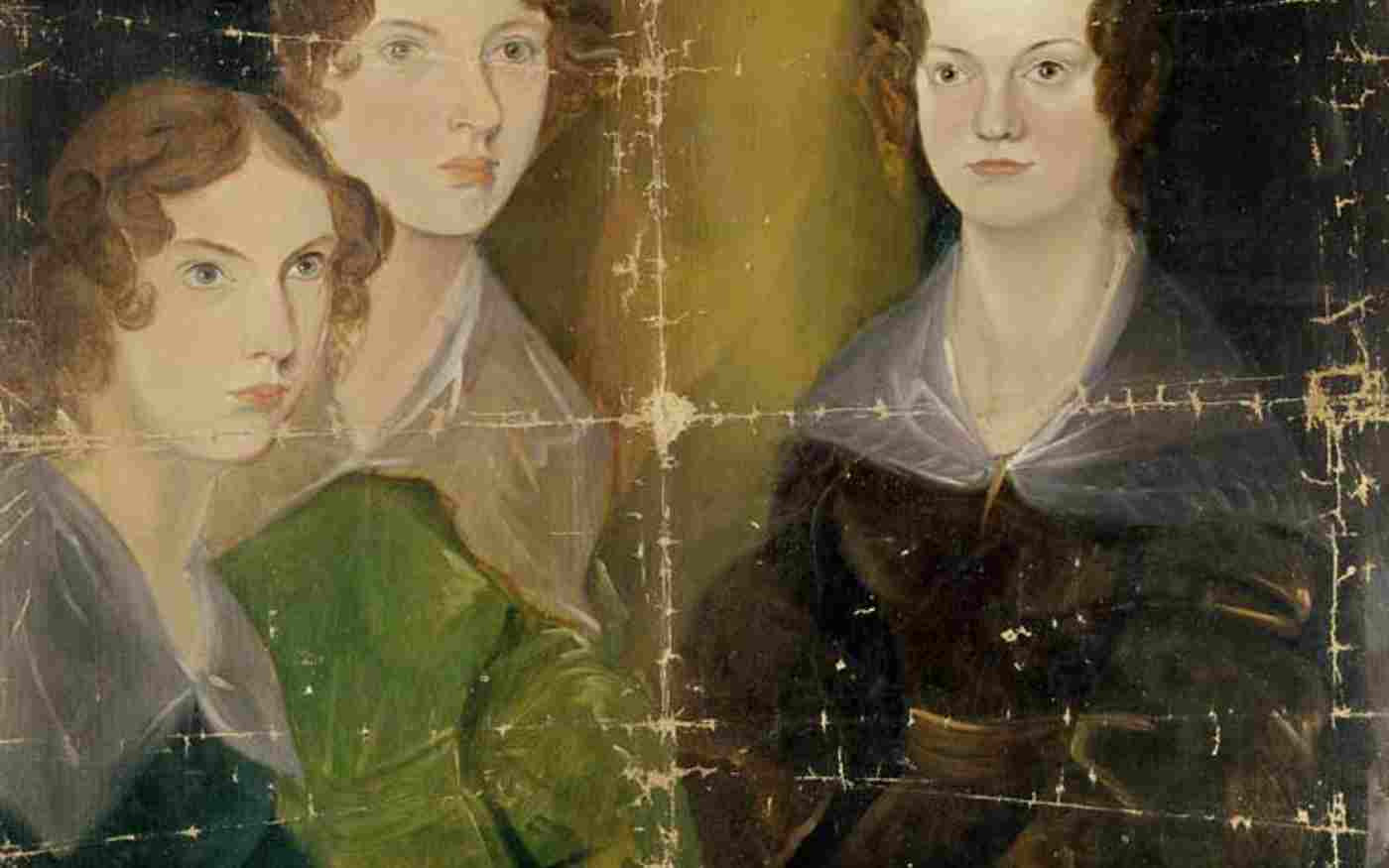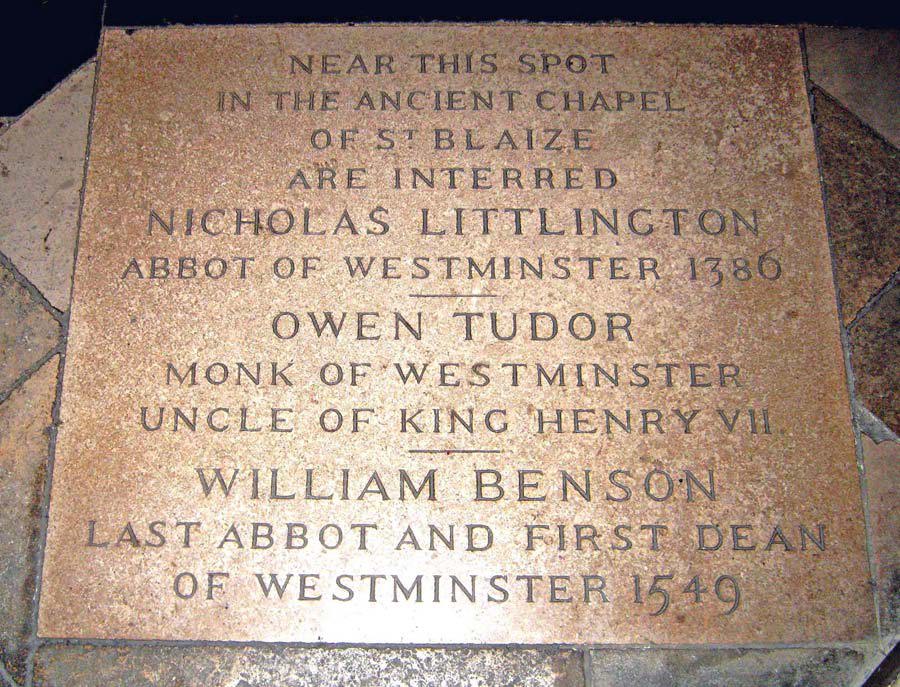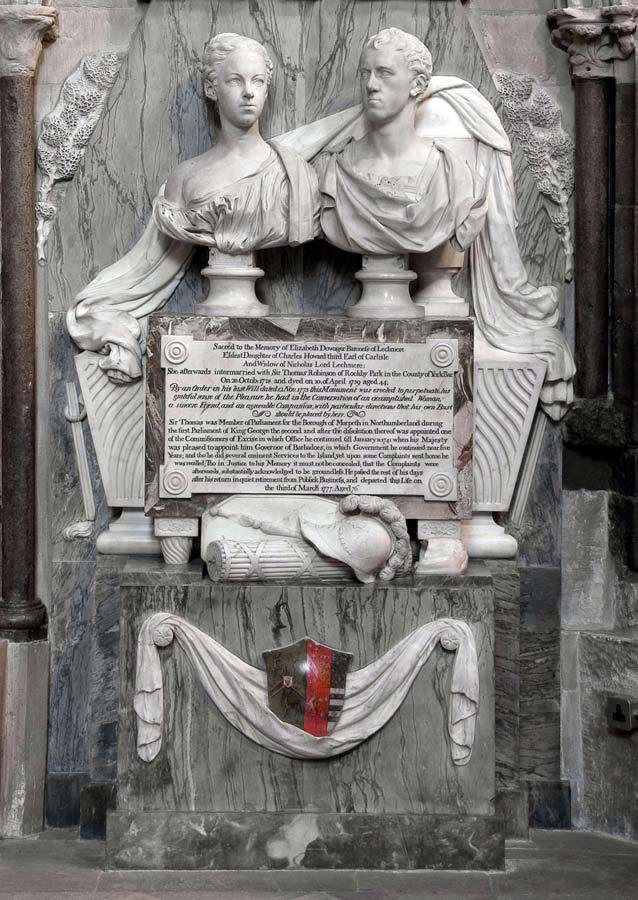Guy Gascoyne
Guy Gascoyne, carpenter, and Sexton and Verger at Westminster Abbey, was buried in February 1556 (1557 in New Style dating), aged 82. The epitaph on his gravestone was recorded in 1582 but had gone by the time William Camden compiled his Abbey guidebook in 1600. It was mostly likely a brass plate or strip on a stone. The epitaph read:
Of your charitie praye for the sowle [soul] of Guye Gascoyne sometyme vierger, surveyor of workes and master carpenter of this monasterye who decesed the 22 day of februar in the yere of our lord godde 1556, being of the age of lxxxii yeres on whose sowle Jesus have mercye
Strangely his burial is also recorded in the register of St Margaret's Westminster.
His life
As his surname suggests Guy Gascoyne originally came from Gascony in France but had been established in Westminster by 1520 when he was a brother of the Guild of the Assumption. From 1543 he was head Sexton and supervisor of works at the Abbey, and was called Clerk of the Works by 1548. He was responsible for acquiring building materials and paying workmen as well as surveying houses belonging to the Abbey. He had been appointed chief Verger in January 1546. Guy's house and shop were by the wall of the Palace of Westminster. He leased several properties from the Abbey, notably the Bell in King Street in 1524 but this was later acquired for the use of Henry VIII. Towards the end of his life he had a manor and farm at Fulham.
In 1544 the Dean and Chapter ordered Guy to demolish the Refectory where monks had taken their meals until the monastery was dissolved in 1540. Only one wall of this abutting on the cloister still remains.
His wife was Joan, a daughter of another abbey carpenter Richard Russell, and they had a son Thomas who pre-deceased his father (probably the Thomas who was buried at St Margaret's on 15th June 1541), and a son Edward (who had sons Edward and Benjamin). Joan was buried in St Margaret's church Westminster. His second wife was also called Joan (she had a son William Guy by her previous marriage).
In his will he asked to be buried near the chapel of St Andrew, in the north transept. At this point the Benedictine monastery had been restored by Mary I for a few short years. His successor as verger, Roger Edwards (also a bell ringer and servant to Dean Goodman), requested burial in 1616 near him near by the font in the Abbey, which was placed opposite St Andrew's chapel at that date.
Further information
His will is at the City of Westminster Archives Centre
"Acts of the Dean and Chapter of Westminster 1543-1609" edited by C.S. Knighton, 1997
The epitaph was recorded by Francis Thynne in his notes - British Library MS.Cotton Cleop. III.C. fol. 12r.

This image can be purchased from Westminster Abbey Library
Image © 2025 Dean and Chapter of Westminster









